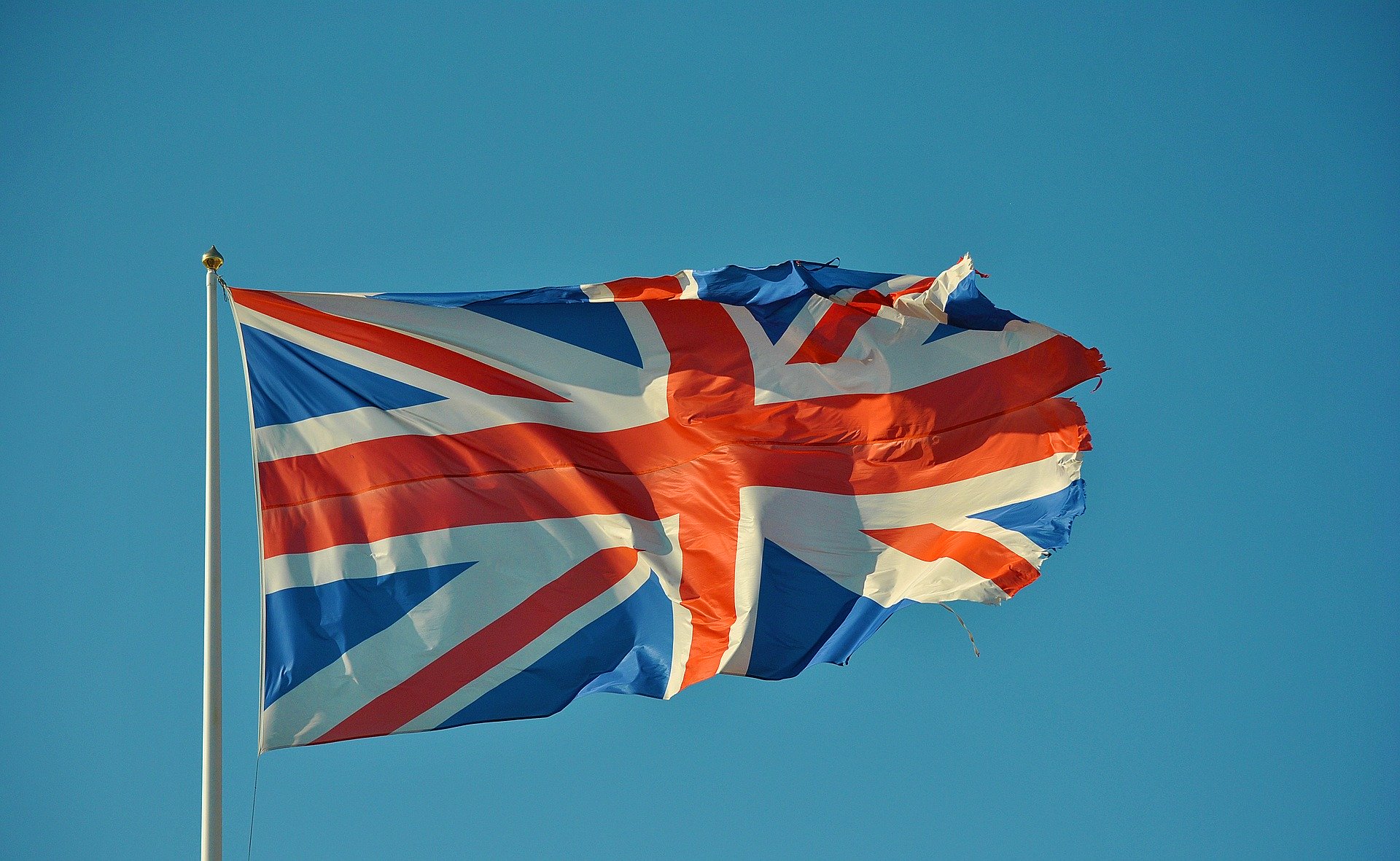
Date: 27 February, 2020 - Blog
God, politics is fickle
The tide has turned well since the fall of 2019. British Prime Minister Johnson is no longer a near infrequent pariah. His ¨anticonstitutionnelles¨ maneuvers are forgotten. The Brexit will take place, in a moderate version acceptable to all. Moreover, the British economy is also showing signs of recovery. As proof, the PMI composite index jumped to its highest level for 16 months at 52.4 in January (compared to 49.3 for November and December). Better still, macroeconomic forecast models are predicting a return to growth – around +0.2% in January. All this would contrast favourably with the economic slump of 2019, when the country was on the verge of recession. The second half of the year had been particularly weak. The British were starting to get depressed, having long believed they were immune to the economic slowdown. Indeed, growth had remained surprisingly strong in 2017 and 2018, despite the uncertainty of Brexit. Most recently, business optimism rebounded to a six-month high and, for example, mortgage outstandings surged in January. So will the worst – a lasting economic shock – be avoided?
Nothing is less certain
In fact, a feverish start is filtering through the currency market. The pound sterling’s tradeweight index, which had risen by almost 12% at the end of 2019, has since fallen by almost 2%. The scenario of weak medium-term growth prospects, linked in particular to the imminent and difficult trade negotiations with the European Union, is becoming increasingly likely. In particular, the United Kingdom’s insistence on a deadline of 31 December 2020 has created a new malaise with the Old Continent. And, more structurally, productivity growth in the UK will remain weak, as the economy has still not adjusted to the financial crisis over the past decade. Prior to the financial crisis of 2008, British banks had, among other things, drained huge international financial flows into the property markets. The resulting wealth effect has long fuelled consumer spending. Today, that windfall has dried up and it is rather the risk of a real estate bubble that is of concern. Assuming that Johnson is not bluffing and is looking for the same type of trade relationship as Canada and Europe, this would exclude Britain’s most competitive sectors. Finance, pharmaceuticals, data processing, business services and even aviation would then face new barriers to trade with Europe from 2021, which would increase as EU rules change to benefit domestic producers.
Against this background, the Bank of England defied the expectations of many by not lowering its key interest rate. This is probably a short-lived stance. Indeed, the BoE remains focused on the downside risks to the UK economy rather than on illusory inflationary concerns. Since 2008, it had managed to avoid negative policy rates, which are still at 0.75%. But it also lacks the ammunition. And there is nothing today to say that it would be able to avoid the ZIRP/NIRP in the event of a future British recession.
UK assets did not really participate in the fireworks display of other financial markets last year. They were obviously discounted – in terms of valuation – by the Brexit mess. This makes them relatively attractive. As is their relatively low correlation with other financial centres. But there is no hurry to buy them. In the weeks to come, we can expect a revival of the rhetoric ¨Johnsonnienne¨ about the imminent battles with Europe over trade, fisheries, immigration, regulation, etc., to be fought. The belligerence of the Chief Brexiter is likely to rekindle investor fears. This may well have – again – negative effects on Britain’s equilibrium exchange rate. The good news is that such a collapse in confidence, if it occurs, will present new buying opportunities on British assets.





